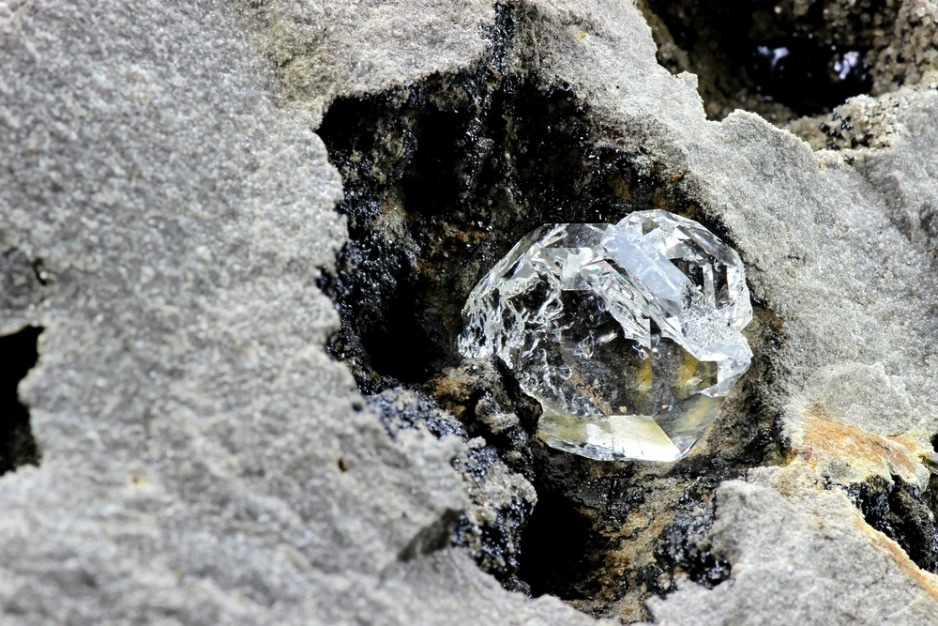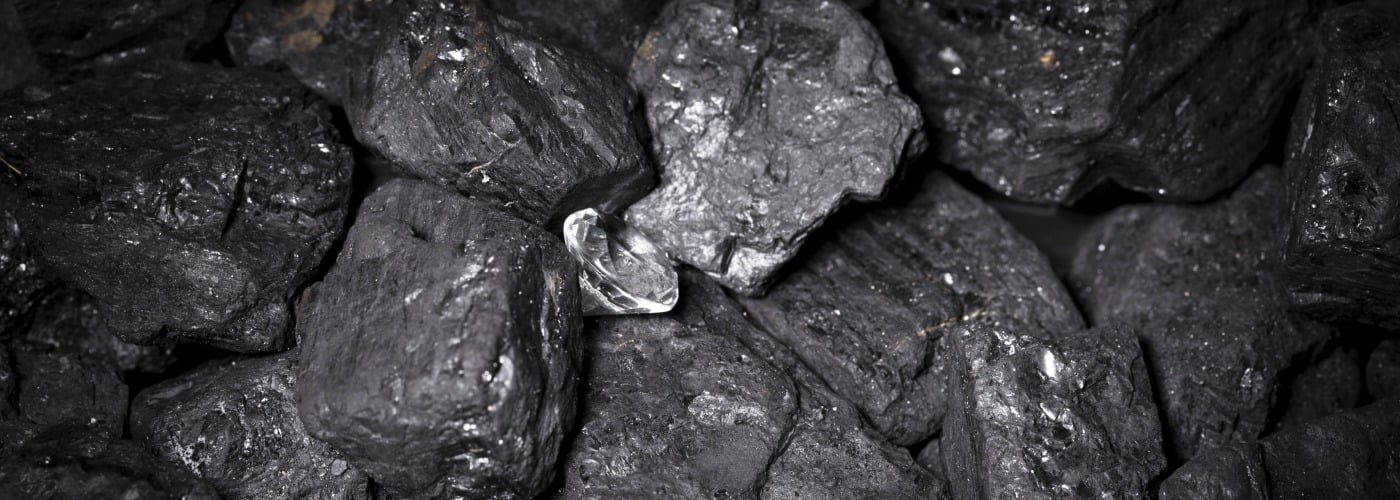Unearthing The Diamonds of The World
From the mines to the jewellers, to the velvet box on a dressing table, the journey of a diamond from its beginnings to the ring on your bride’s finger is a lengthy one. Prized and renowned worldwide for their beauty and universally recognised as a symbol of wealth and love, the diamond is a powerful gem. However, where diamonds come from, and how they are made, is not so commonly known.
So How Are They Made?
Diamonds crystallize at extremely high pressures, pressures which can only be naturally possible at great depths within Earth. This ideal depth is in a layer of crust called the mantle. To form, diamonds need a depth of around 90 miles under the surface and a minimum temperature of 1050 degrees Celsius. Geologists believe that diamonds are then brought to the surface by deep volcanic eruptions.
Made of carbon atoms which lock together to form the crystalline structures that we see, diamonds can come from carbonate rocks such as limestone, marble and dolomite.

Where Do We Find Diamonds?
The three biggest individual mines in the world are located in the Yakutia region of Russia and, in fact, many of the world’s commercial mines can be found in Russia. Africa and South Africa also have some of the biggest diamond reserves in the world, with the Jwaneng Diamond mine in Botswana considered to be the world’s richest diamond mine in terms of value.
The Argyle mine in Kimberley, Australia, is the fourth largest in the world and the first block cave mine in Australia. These aforementioned mines use two main processes used to extract diamonds include Pipe mining, which involves removing huge amounts of rock and soil to be examined off-site, and Alluvial mining, which is diverting rivers to then examine their empty riverbeds.

Unearthing the Greatest Diamonds Of The World
The world’s largest diamond is the Cullinan, which was unearthed in South Africa and given as a gift to King Edward VII of England and later incorporated into the Royal Sceptre. The largest diamond in the universe however, is ‘Lucy’, a cosmic diamond formed from the compressed heart of an old star. Lucy is a crystallised white dwarf which also rings like a gong as it undergoes constant pulsations in space.
‘Sergio’, a black diamond unearthed in Brazil, is the heaviest diamond in the world. Black diamonds are extremely rare and believed to be fragments of an ancient meteor. Diamonds are most valued in their clear, colourless form. Technically these hue-free gems are more valuable as whilst a coloured diamond benefits from inclusions on its surface which allow more light to radiate from within, a clear diamond is considered more beautiful the fewer marks it has obtained.

Coloured diamonds are made through the addition of other minerals in the gem’s make-up, such as nitrogen in a yellow gem, for example. Obviously, the brighter and clearer the colour in the diamond the more valuable it becomes.
The evolution of a diamond is an arduous process, taking billions of years. From the molten depths of our planet the gem makes its way through miles of earth until it is mined, shaped and set into the perfect band of metal.
Related: Your Quick and Easy Guide to Engagement Ring Metals
But when it comes to something as life-changing as a proposal and the union of two people, anything less wouldn’t be acceptable.
Do you have any interesting fact about diamonds? Inform us in the comments below!
You can come see us in person. We have stores in London, Birmingham and Brighton.




